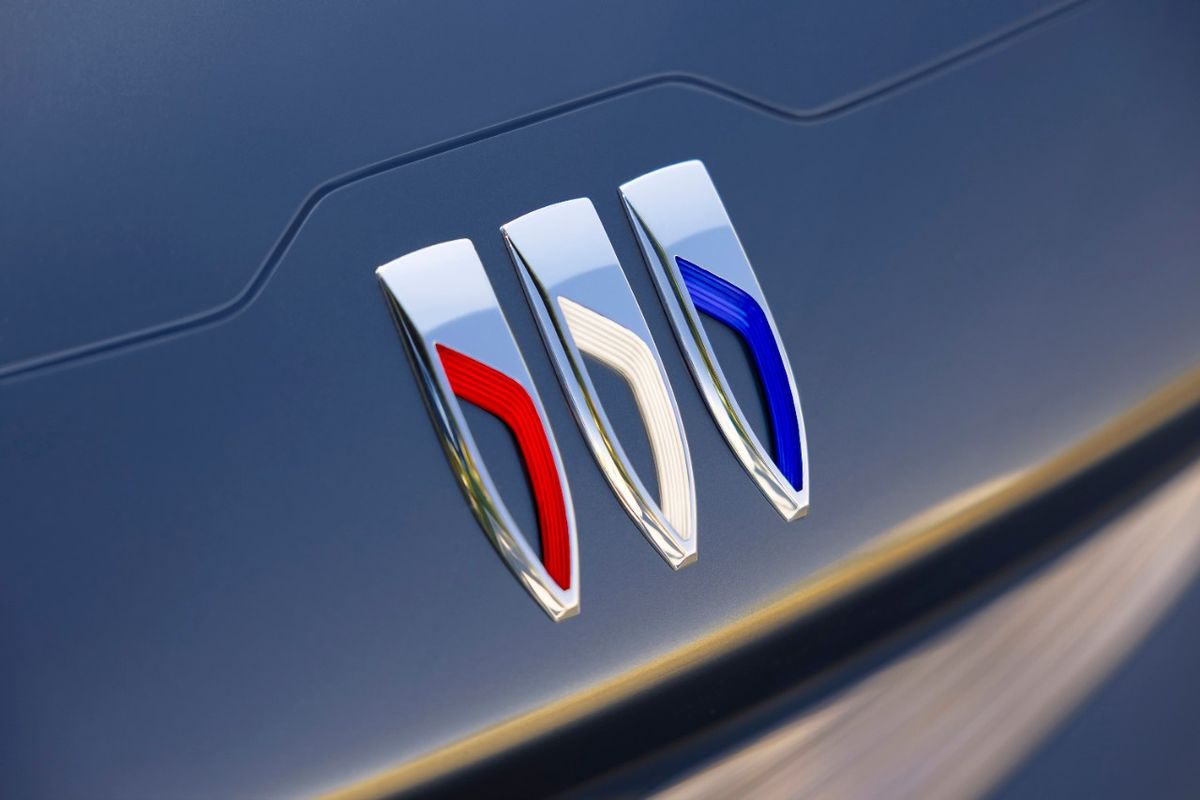The Buick marque has evolved over the years since its founding in 1899, and after decades of decline, the brand was saved by an unlikely force: the Chinese consumer.
Buick began as a luxury brand that once rivaled Cadillac and LaSalle, and, once acquired by General Motors, the brand was placed in the pricing tier just below Cadillac.
The Great Depression of the 1930s saw many luxury brands go under, but Buick managed to survive by innovating and introducing the overhead valve straight eight engine and Syncromesh transmission.
Also, wealthy people of that time did not want to be seen riding in the back of a lavish Duesenberg or Cadillac as it was deemed a tawdry display of wealth at a time where most people were standing in bread and soup lines. A Buick, though, conveyed status, but in a much more subdued manner.
From the late 1930s through the 1950s, Buick became the playground of GM Vice President Harley Earl who designed the Buick Y-Job, a concept car that was light years ahead of its time.

However, by the late 1950s, Earl began slathering on the chrome with a trowel and Buick moved away from what saved it during the Depression and morphed into an ostentatious display with massive chrome grills and huge tail fins.
This would be the beginning of a long, slow decline.
Pontiac became known for performance and Oldsmobile for innovation, but Buick was becoming known as “grandpa’s car.” Even when Oldsmobile launched its “this is not your father’s Oldsmobile” campaign and Cadillac began downsizing and producing sportier options, Buick seemed content to be known as the brand for octogenarians.
While the Buick brand continued to sell cars, the company never again released anything that became iconic, like the Y-Job.
Buick missed out on the mini-van craze and did not introduce an SUV until late in the game and, really, just began looking like high priced Oldsmobiles with different front and rear ends.
It also did not help that GM attempted to move the brand up-market in 1991 by re-introducing the Roadmaster to the brand’s lineup. However, the Roadmaster was a bloated land yacht and consumers felt that if one wanted Cadillac luxury, then it made more sense to spend a couple of thousand dollars more and buy a Cadillac.
As American manufacturers began taking more and cues from European styling, Buick resisted not wanting to alienate its loyal base, but by that time, much of the loyal base were becoming too old to drive and dying off.
According to GM’s numbers, by 2009, Buick only sold 102,306 cars and held a paltry .99 % of market share in the United States.
When the Recession of 2008 hit, GM was forced to accept federal loans to keep itself solvent and part of the agreement was that the company would streamline and divest itself of underperforming brands.
Conventional wisdom was the Buick would be the first marque to be shuttered, but what saved the brand in the 1930s would save it again in 2008.
When the automotive world saw American sales for Buick plummet, it was reasoned that with no foothold in Europe, it was just a matter of time before GM quietly put the brand out of its misery; however, the automotive world was not paying attention to what was going on in China.
As China began emerging as a global economic power, people still looked at the country as a back-woods Communist nation that was largely rural and where people only drove cars in the handful of large cities.
The executives at Buick were paying attention to what was going on in China and made a last ditch effort to break into that market.
Thanks to the now defunct “one child” policy, the population in China is only growing at a rate of .03 % and is aging, according to Worldometer. However, the population of China was 1.4 billion people as of 2020 and Buick’s gamble to tap into that market worked.
Chinese society remains highly segmented under communism, and opulent displays of wealth are considered Yōngsú, or vulgar. Buick’s understated elegance was exactly what the Chinese people wanted.
According to CNBC, 80% of Buick’s sales in 2018 were to Chinese and Tiawanese consumers. The company is now selling over a million cars per year.
Talk about a comeback!
See you on the road!
Scott Hudson is the Senior Investigative Reporter and Editorial Page Editor for The Augusta Press. Reach him at scott@theaugustapress.com












